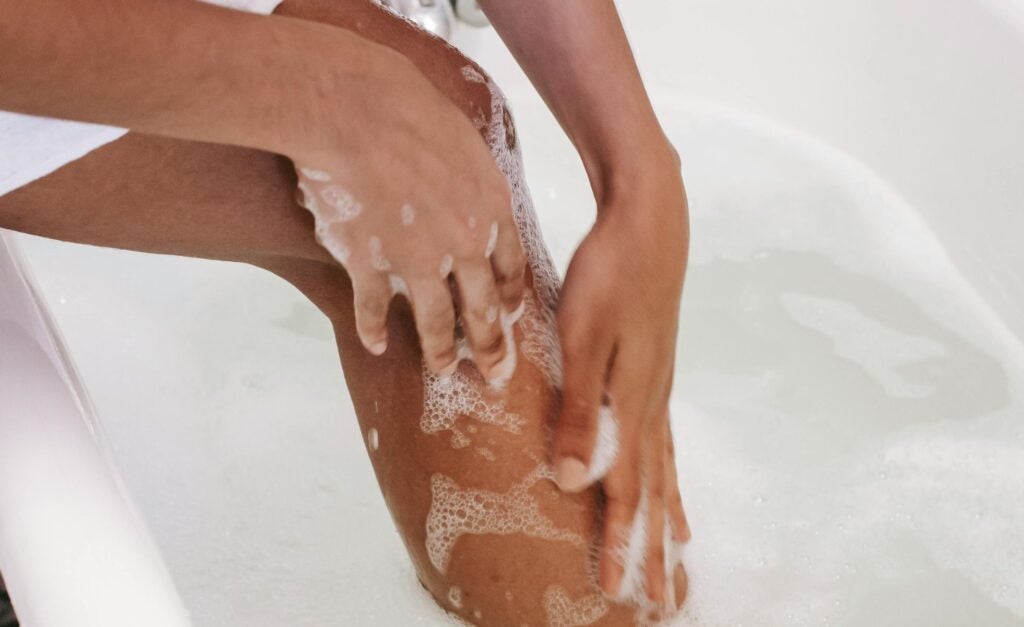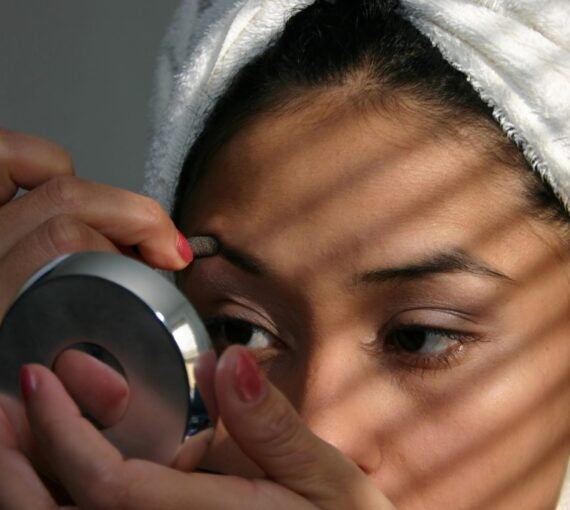
Sodium laureth sulfate creates foamy bubbles in soaps, toothpaste, shampoos and other cleaners.
That bubbly cleaning lather in the shower or tub is created by sodium laureth sulfate. It’s a chemical compound derived from petroleum or plant sources like coconut or palm oil.
SLES is found in many products. These include soaps, shampoos, bath bombs, toothpastes, carpet cleaners, laundry detergents and cosmetics. It’s classified as a surfactant and has excellent spreading, wetting and foaming properties.
The compound is derived from sodium lauryl sulfate but put through an ethoxylation process that makes it gentler on skin and less likely to dry it out. But that process increases the likelihood that SLES may be contaminated with 1,4-dioxane, a possible human carcinogen. Stringent manufacturing quality control measures can help avoid that.
Health and environmental hazards of sodium laureth sulfate
Human health risks and concerns
Impurities during manufacturing, like 1,4-dioxane — which can cause cancer in laboratory animals — may contaminate SLES. The International Agency for Research on Cancer classifies it as a Group 2B carcinogen. The United States Food and Drug Administration encourages manufacturers to remove 1,4-dioxane, but this isn’t required by federal law.
No direct evidence links SLES to cancer, infertility or development issues. The greatest risk is irritation to the eyes, skin, mouth and lungs. Sulfates like SLES may also clog pores and cause acne. Allergic reactions, such as redness, rash, hives and itchiness, may occur in people sensitive to sulfates.
Environmental risks and concerns
Products that contain sulfates wash down the drain and get into the water supply. They eventually end up in lakes and rivers, where they may be toxic to aquatic animals.
Sulfates can act like an insecticide or herbicide, affecting the land supplied by these water sources. Some SLES is made from palm oil, — a concern because of rainforest destruction to plant palm tree plantations. Like other surfactants, SLES biodegrades in the presence of sunlight and oxygen, minimizing its environmental impact.
Regulatory status of sodium laureth sulfate
Current regulatory status of sodium laureth sulfate in Canada
Health Canada has deemed SLES safe for use in cosmetic and personal care products.
Current regulatory status of sodium laureth sulfate in other countries
The U.S. FDA and the European Commission — the European Union’s primary executive arm — consider SLES safe for cosmetic and personal care use. The EPA also confirms that SLES is considered safe at low levels. International expert committees in the EU and U.S. have evaluated sulfates and confirmed their safety in cosmetics. But they’re considered potential skin and eye irritants.
Function of sodium laureth sulfate
SLES is a surfactant, detergent and foaming agent that causes products to lather.
- With soap, SLES creates a rich lather with intense cleaning action.
- In toothpaste, SLES helps dissolve dental plaque during brushing. It also helps distribute paste in the mouth due to its surfactant properties.
- In shampoo, SLES binds to oils so they can be easily rinsed out.
- As an emulsifier, SLES facilitates mixture of oils and water.
- As a surfactant in shampoos and shower gels, SLES washes fat and dirt off skin.
How to avoid sodium laureth sulfate
What to look for on labels
SLES is named on consumer labels. If you’re allergic to sulfates, look for SLES on ingredients lists.
Consider opting for sulfate-free shampoos to reduce the possibility of skin irritation. Although these will keep your scalp healthy, you won’t get a sudsy lather. The label will say “sulfate free” or “non-ionic surfactant.” That means surfactants are derived from plants like coconut or corn. Sulfate-free shampoos are often more expensive than their SLES counterparts.
Substitutes
There are several SLES alternatives, including products containing:
- Coconut oil. Helps clean and hydrate skin and hair. An ingredient in organic shampoos and soaps.
- Castile soap. Made from vegetable oils like olive oil and coconut oil.
- Decyl glucoside. Derived from corn and coconut oil.
- Sodium cocoyl isethionate. Derived from coconut oil.
Other plant-based alternative ingredients allowed in organic products:
- SLSA (sodium lauryl sulfoacetate)
- Sodium cocoyl glycinate
- SCS (sodium coco sulfate)
- Disodium / sodium cocoyl glutamate
- Decyl glucoside
- Lauryl glucoside
For SLES-free cleaning products, use diluted white vinegar or lemon juice.
Alternative methods
Going sulfate-free doesn’t mean compromising hair or skin cleanliness. Hair rarely needs to be washed every day. Dry hair only needs washing a few times a week. More frequent washing strips your hair of natural oils and may make it look dull. If you have sensitive skin, opt for soap-free cleansers and sensitive-skin bars.
Such products should have only a few ingredients. Avoid:
- Fragrance
- Antibacterial or deodorant ingredients
- Alcohol
- Retinoids or alpha-hydroxy acids



